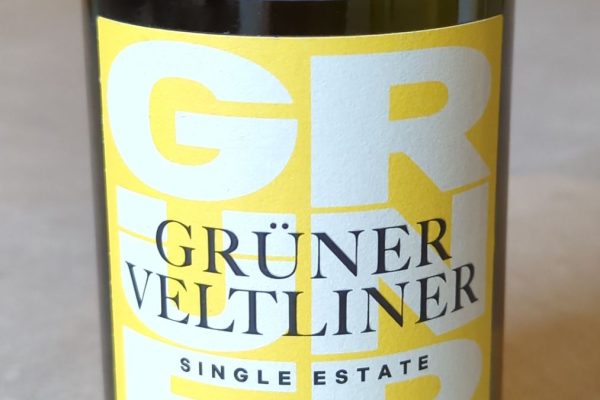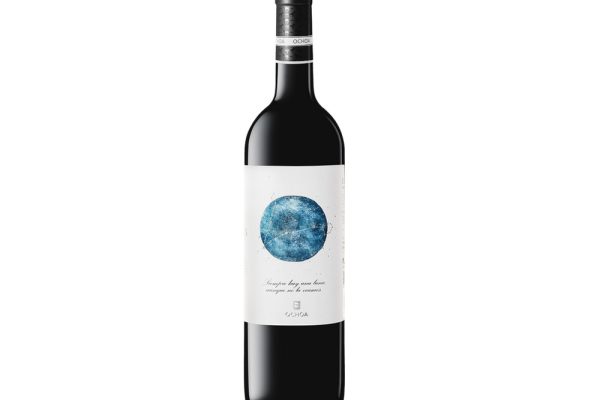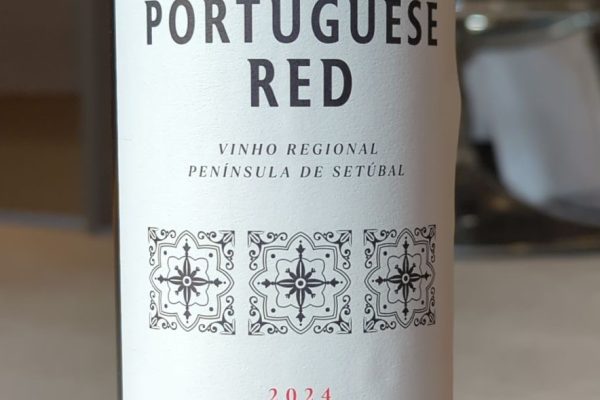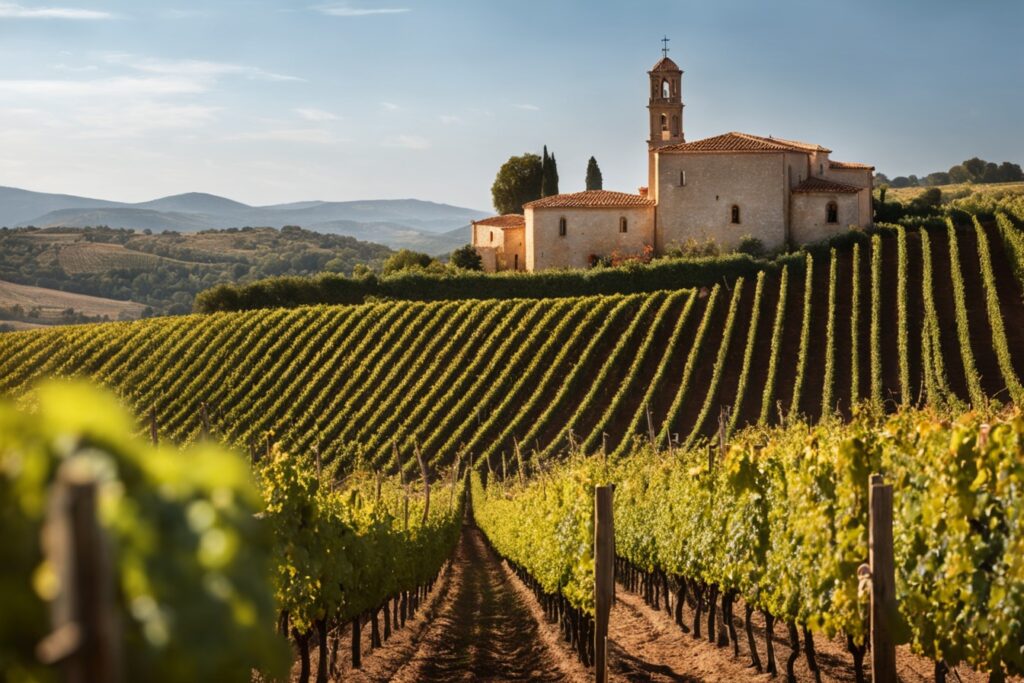
Spain is one of the world’s largest wine producers, consistently ranking within the top three countries, with an annual production that typically exceeds 30 million hectolitres. The country’s vast vineyard area, the largest in the world, allows for a wide range of wine styles, influenced by the varying climates and soils across different regions.
The Spanish wine industry is a major player in international markets, exporting approximately about half of its total wine production. These exports reach over 100 countries, with significant volumes shipped to France, Germany, the USA and the UK.
The UK is one of the leading importers of Spanish wines. 11.6m UK wine drinkers consume Spanish wine and 41% consume it regularly. The UK market is particularly fond of Rioja and Cava.
The Main Wine Regions of Spain
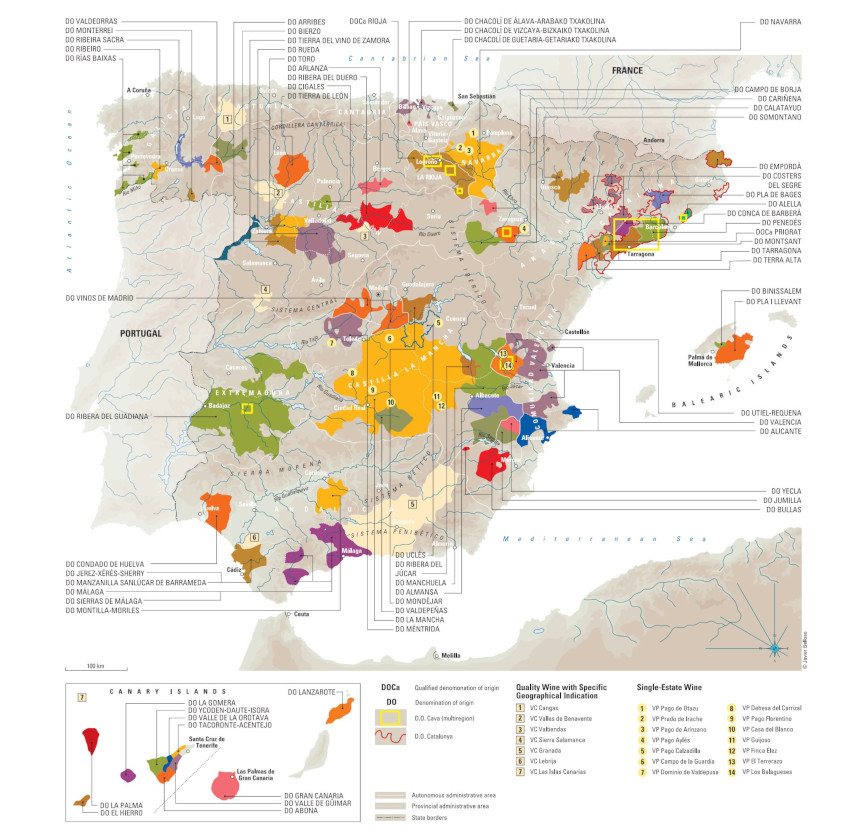
Rioja
Rioja, located in north-central Spain along the Ebro River, is renowned for its red wines primarily made from Tempranillo and Garnacha grapes. These wines are known for their exceptional balance and depth. The flavour profile of Rioja wines typically features notes of cherry, plum and vanilla, with a smooth, oaky finish that comes from barrel aging. I have a separate article on Understanding Rioja.
Ribera del Duero
Located north of Madrid in the Castile and León region, Ribera del Duero produces almost exclusively robust red wines predominantly from Tempranillo grapes, characterised by a higher tannin content and flavours of blackberry, mulberry, often accented with hints of tobacco and dark chocolate. I have a separate article on Understanding Ribera del Duero.
Priorat
Located in Catalonia, southwest of Barcelona, the Priorat region is well-known for its red blends, primarily made from Garnacha and Cariñena grapes. The wines of Priorat are known for their intense minerality, a characteristic derived from the region’s unique llicorella (slate) soils. This terroir imparts a concentrated flavour profile to the wines, featuring notes of liquorice, black cherries and roasted herbs, making them deeply flavourful and complex.
Rias Baixas
Located in Galicia in northwestern Spain, the Rias Baixas region is renowned for its production of primarily white wines made from the Albariño grape. These wines are highly aromatic and noted for their sharp acidity, which complements the vivid flavours of lemon, grapefruit and pear, often accompanied by distinctive saline notes that echo their coastal origins.
Cava
Cava, Spain’s iconic sparkling wine, is predominantly produced in the Penedès region in Catalonia, though there are also production areas in other regions such as Aragon, Castile and León and Valencia. The primary grapes used in Cava production are Macabeo, Xarel-lo, and Parellada, with some producers also incorporating Chardonnay and Malvasia. Only wine crafted using the traditional method can be labelled as Cava. Those produced using alternative methods must be referred to as sparkling wines (vinos espumosos). Cava is known for its crisp and lively profile, typically exhibiting a fine, persistent bubble. The flavour of Cava can range from fresh and fruity with notes of green apple, citrus and almond in the lighter styles, to more rich and creamy expressions with hints of toast and brioche in aged Cavas.
Jerez (Sherry)
Located in Andalusia in southern Spain, the Jerez region is famed for its Sherry, a fortified wine. The flavour spectrum of Sherry is broad and diverse, ranging from the light and crisp Manzanilla and Fino, which are noted for their almond and bread dough nuances, to the rich and sweet Pedro Ximénez, characterised by its intense flavours that resemble liquid raisins and figs.
Spanish Wine Classification
Spain’s wine quality control system, Denominación de Origen (DO), classifies wines into several categories based on quality and origin. The simplest category, Vino de Mesa, is a basic table wine made from unclassified vineyards without vintage or grape variety details. Vino de la Tierra is similar to the French Vin de Pays, indicating a table wine from a specific, usually large, geographic area like Catalunya and includes vintage and grape variety information.
DO, equivalent to the French VDQS or AC and the Italian DOC, covers wines produced under strict regulations set by regional councils. Above this, the DOCa (Denominación de Origen Calificada), initially exclusive to top producers in regions like Rioja, now broadly applies due to historical controversies among producers.
Cava is unique as a DO based on the method of production, specifically, traditional method sparkling wines, rather than geography. The highest classifications are Vinos de Pago and Vinos de Pago Calificada, awarded to wines from single vineyards with exceptional microclimates and quality records.
Despite having over 70 DOs, the system’s effectiveness is sometimes questioned. Some regions, like the Canary Islands, have multiple DOs but produce few high-quality wines, suggesting that DO status is occasionally used more for classification than for recognising genuine quality. Meanwhile, Rioja’s DO is complicated by governance across three autonomous regions.
In summary, Spanish wine is as rich and diverse as the country’s cultural heritage. From the robust reds of Ribera del Duero to the crisp, aromatic Albariños of Rias Baixas, each region offers a unique palate experience that reflects its environmental and historical nuances.






